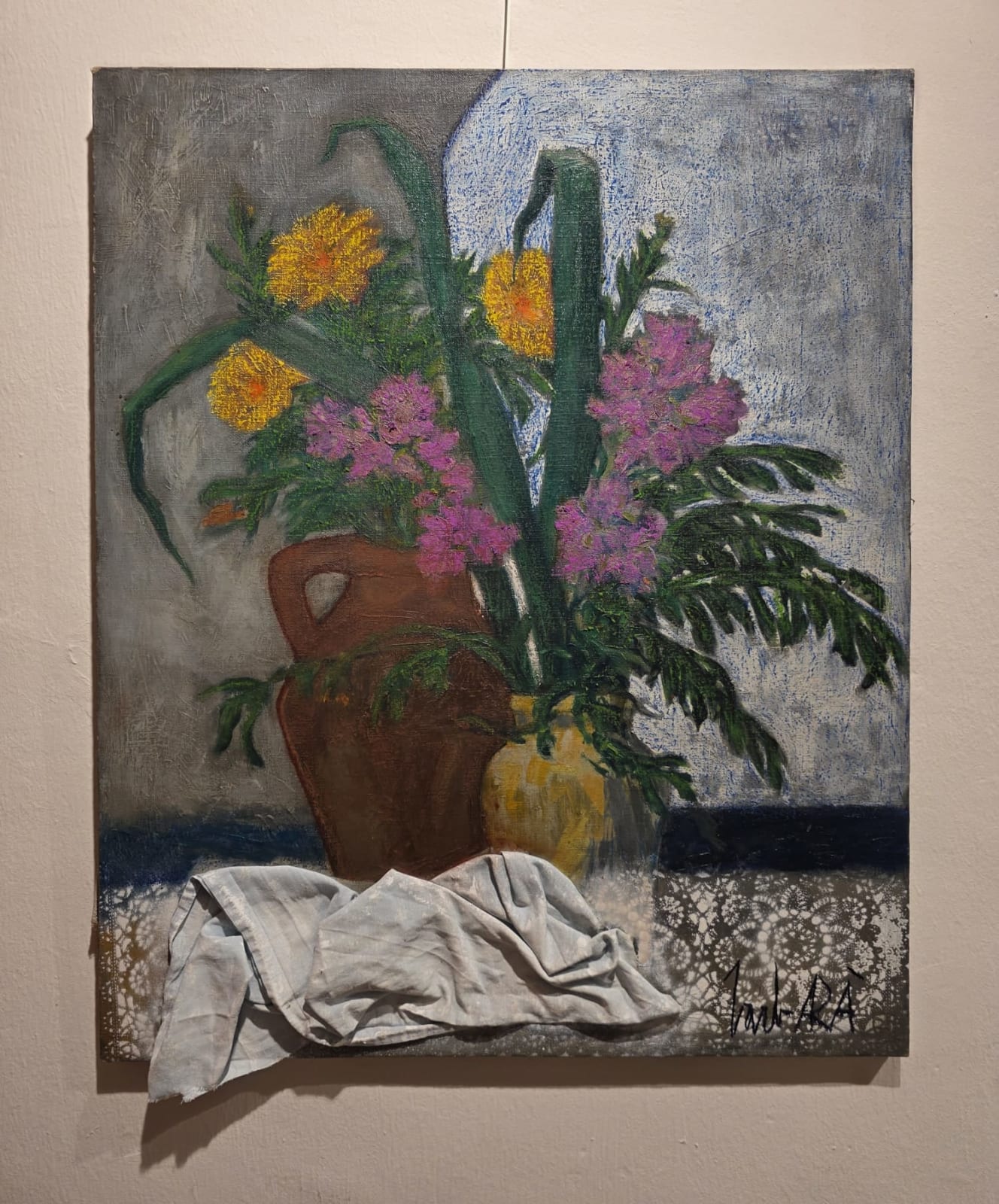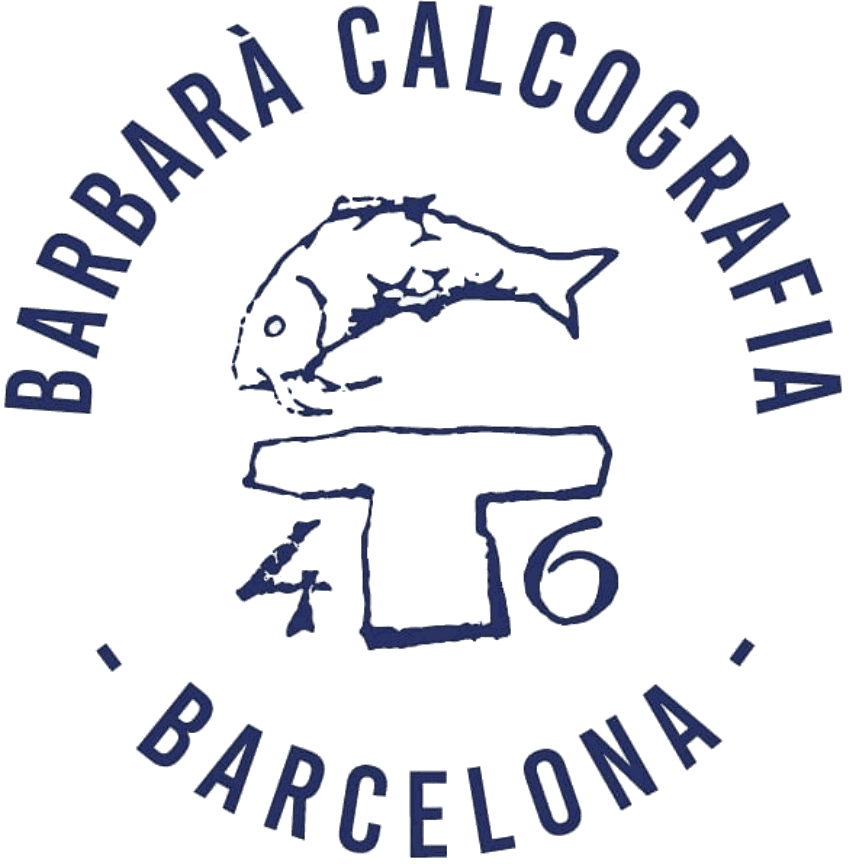
Joan Barbarà Spain, 1927-2013
Jarrón con flores y mantel, 1974
Oil on canvas
73 x 60 cm
28 3/4 x 23 5/8 in
28 3/4 x 23 5/8 in
Signed
Currency:
This still life by Joan Barbarà, executed in 1974, presents a contemporary turn on the classical floral still-life genre. The artist combines naturalistic elements with a pronounced gestural approach to...
This still life by Joan Barbarà, executed in 1974, presents a contemporary turn on the classical floral still-life genre. The artist combines naturalistic elements with a pronounced gestural approach to color and brushwork, imbuing the work with subtle yet firm expressive force.
The compositional center is dominated by two vases—one of fired clay, the other possibly ceramic—containing an exuberant bouquet of wildflowers: yellows, pinks, accompanied by long green leaves. The forms are free, not strictly realistic, which lends vitality and subjective intention to the scene.
One of the most striking features of this work is the incorporation, during its restoration, of a real tablecloth, folded and sewn or adhered at the bottom. This gesture connects the painting with installation, breaking the boundary between representation and actual object. Symbolically, the added fabric materializes domestic time, everyday gestures, and reinforces the tactile, material quality that has always characterized Barbarà’s work.
The bluish-gray background, treated with dense textures and subtle tonal variations, allows the colors of the bouquet to stand out while conveying a melancholic, almost wintery atmosphere that contrasts with the floral vitality.
Ultimately, this is a work that unites tradition and experimentation: the still life becomes an excuse to explore materiality, gesture, physical presence, and memory. The 2025 restoration not only preserves but enriches the poetic message of the painting.
The compositional center is dominated by two vases—one of fired clay, the other possibly ceramic—containing an exuberant bouquet of wildflowers: yellows, pinks, accompanied by long green leaves. The forms are free, not strictly realistic, which lends vitality and subjective intention to the scene.
One of the most striking features of this work is the incorporation, during its restoration, of a real tablecloth, folded and sewn or adhered at the bottom. This gesture connects the painting with installation, breaking the boundary between representation and actual object. Symbolically, the added fabric materializes domestic time, everyday gestures, and reinforces the tactile, material quality that has always characterized Barbarà’s work.
The bluish-gray background, treated with dense textures and subtle tonal variations, allows the colors of the bouquet to stand out while conveying a melancholic, almost wintery atmosphere that contrasts with the floral vitality.
Ultimately, this is a work that unites tradition and experimentation: the still life becomes an excuse to explore materiality, gesture, physical presence, and memory. The 2025 restoration not only preserves but enriches the poetic message of the painting.
152
de
295
Join our mailing list to stay updated on our events and activities!
* denotes required fields
We will process the personal data you have supplied in accordance with our privacy policy (available on request). You can unsubscribe or change your preferences at any time by clicking the link in our emails.



